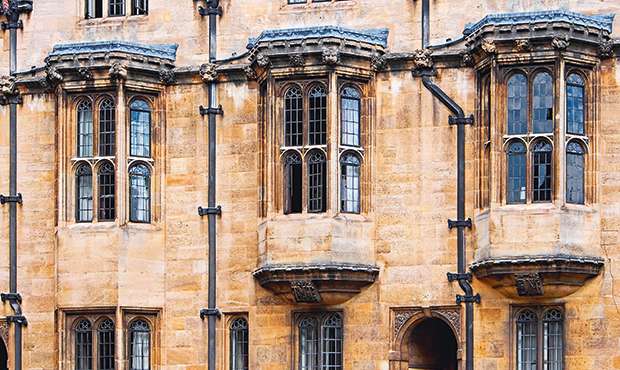
If you have a home with metal windows, you may find that they need repair and maintenance to keep them in good condition. Potential problems include the fracturing of cast iron because of impact or casting flaws, and the distortion of wrought iron or mild steel following forcible closure of casements where there is paint build-up. Here's an expert guide to maintaining your metal windows.
Read our buyer's guide to metal windows if yours need replacing completely.
Repairing and maintaining metal door and window frames
Light rust can be cleaned off manually or with power tools. More severely corroded windows frequently have to be taken to a workshop for treatment by a specialist.
Cleaning may reveal heavily corroded sections requiring repair. Wrought-iron components can be repaired by cutting out defective lengths and welding in new pieces in the same material, as can steel members where the profiles are still available. Cast iron is most easily repaired by cold stitching. Specialist iron foundries can take moulds from cleaned originals and recast components.
Distorted frame members can normally be eased back to square. Stiff opening casements should be serviced to ensure proper operation first. All major work will, of course, entail prior removal of the glass.
Replacing metal framed doors and windows
Owners often mention thermal radiation through glazing as the reason for replacing windows, whereas the major source of heat loss is air infiltration around casement edges. Elimination of draughts should, therefore, be the first priority.
The installation of new windows in an old building may be justified where existing windows are genuinely beyond repair. New windows in homes must comply with building regulations, but important exemptions and special considerations exist for historic buildings, where full compliance will alter the character or risk a deterioration of the building fabric.
A short history of metal framed doors and windows
Metal-framed windows can be beautiful and form an intrinsic part of many older buildings. They are made principally from one of three materials – wrought iron, cast iron or mild steel – and their evolution reflects changes in technology.
Individually crafted wrought- iron frames with leaded glass date from the mid-16th century onwards, and are of the fixed or opening casement type. Casement windows required greater skill to make all of the fittings — pintles (pins) and gudgeons (eyes), or, alternatively, hinges, from which they were hung, as well as catches, stays and handles. Their popularity declined during the 18th century but was then revived during the Victorian period.
Factory-made cast-metal windows were used from the mid-18th century, following the development of more accurate casting methods. These included cast copper as well as cast iron, and the sliding sash version became especially popular. Cast- iron casements were popular for Victorian Gothic Revival buildings, though. Components have a deeper profile and more repetitive appearance than wrought iron.
Steel windows as we know them today were produced after Sir Henry Bessemer pioneered a process for producing mild steel, and were manufactured extensively from World War I to the 1970s. Synonymous with the dominant manufacturer, Crittall, they exist in a wide variety of styles and standards. Galvanising was introduced into the production process in the mid-1950s to inhibit corrosion, while recycled steel is used today.
Useful contacts
- Dorothea Restorations (0845 478 0773; dorothearestorations.com)
- Eura Conservation (01952 680218; eura.co.uk)
Featured image: Shutterstock
More on metal windows:
Join our newsletter
Get small space home decor ideas, celeb inspiration, DIY tips and more, straight to your inbox!
-
 Get free tickets to the London Homebuilding & Renovating Show at the ExCeL
Get free tickets to the London Homebuilding & Renovating Show at the ExCeLGet FREE tickets worth £36* to the London Homebuilding & Renovating Show, ExCeL, 30 September - 2 October 2022.
By Camille Dubuis-Welch Published
-
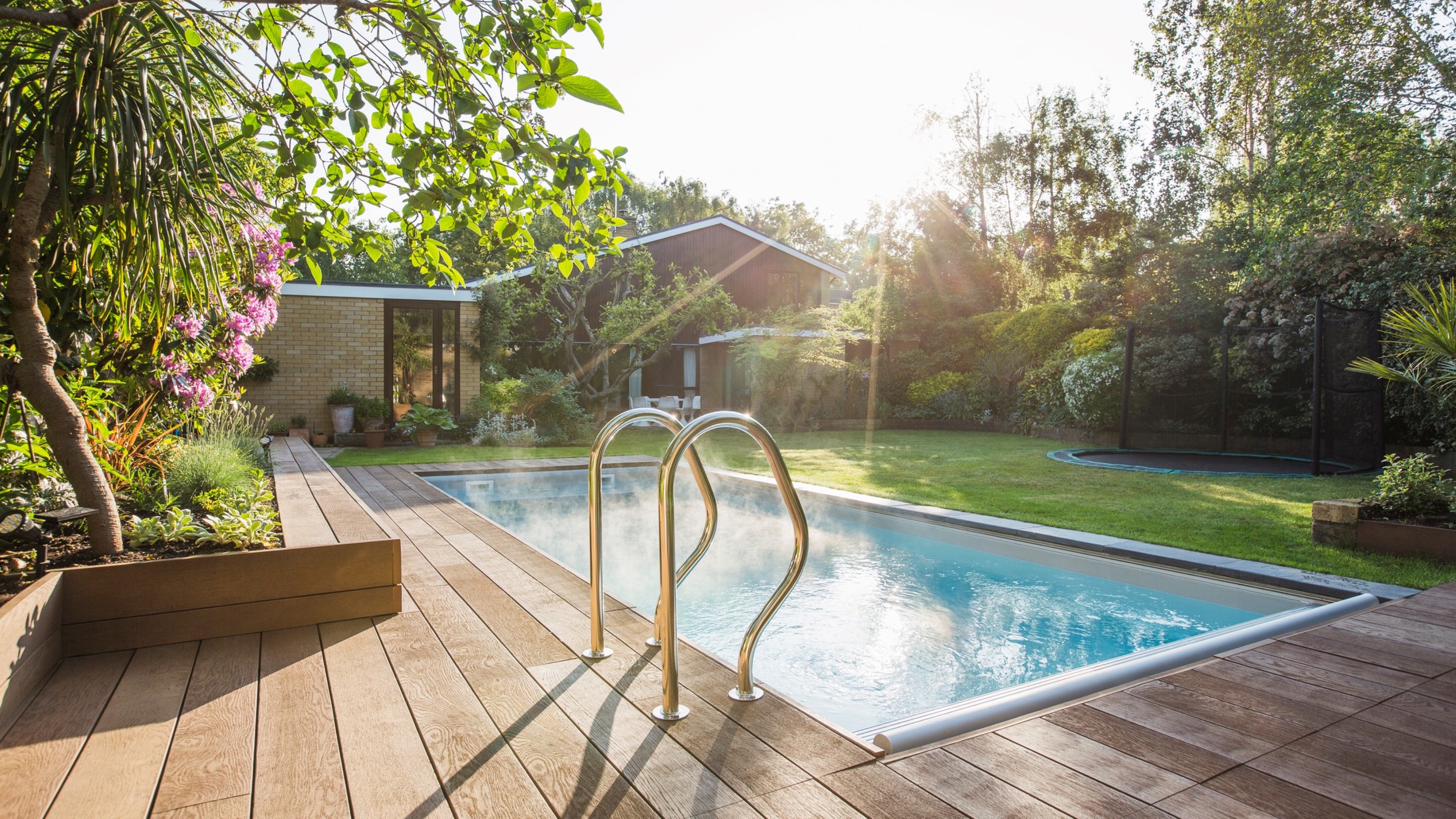 How to fix a green pool fast
How to fix a green pool fastProperly cleaning and shocking your pool will help restore it to its former blue glory, fast. This is what to do to stop a green pool full of algae, spoiling your summer fun
By Anna Cottrell Published
-
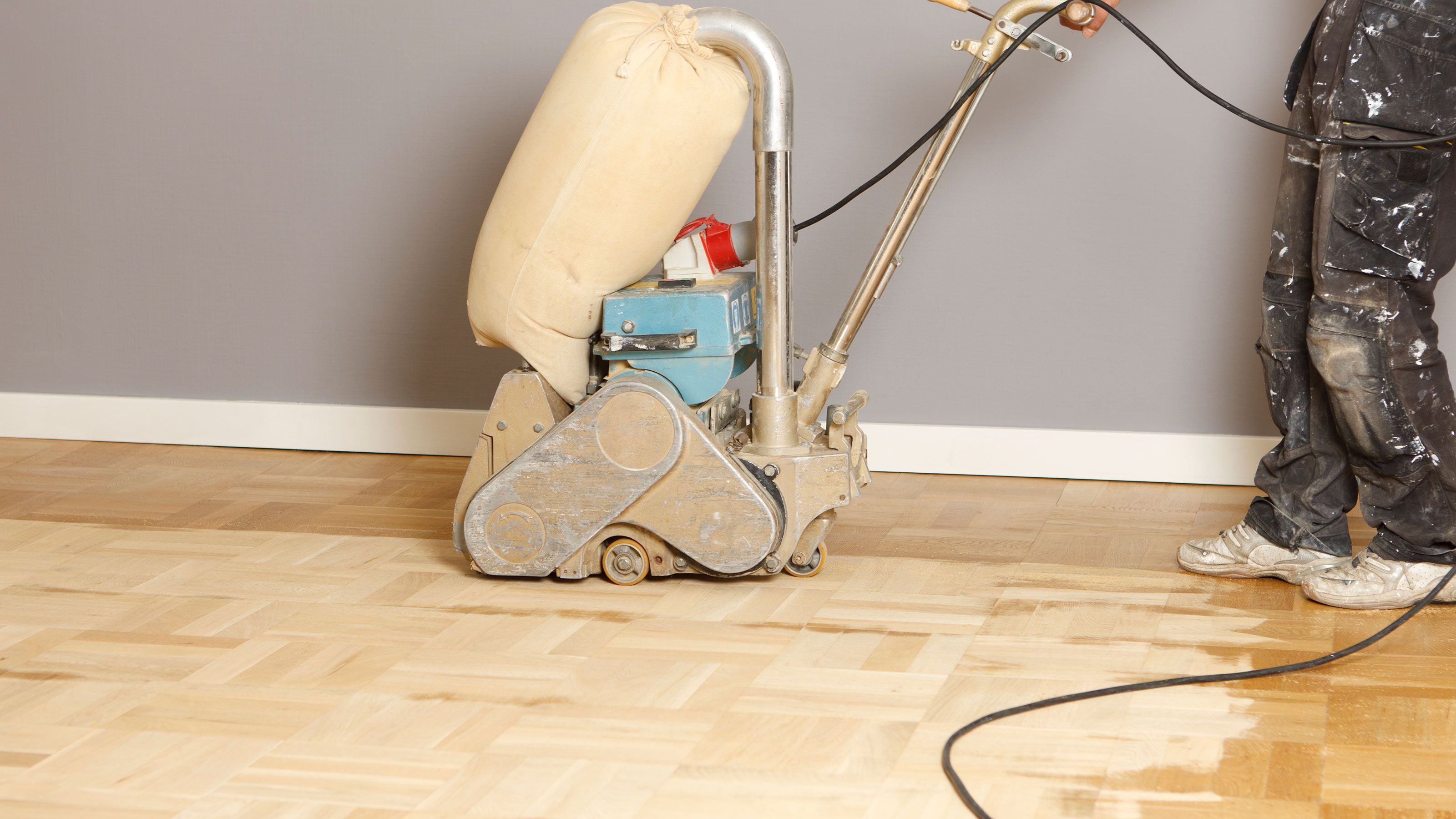 How to sand and refinish hardwood floors: A 10-step guide for pro results
How to sand and refinish hardwood floors: A 10-step guide for pro resultsYou don't need to call in the pros to refinish hardwood floors. It's possible to restore yours with rentable tools, like a sander, and our expert advice
By Sal Vaglica Published
-
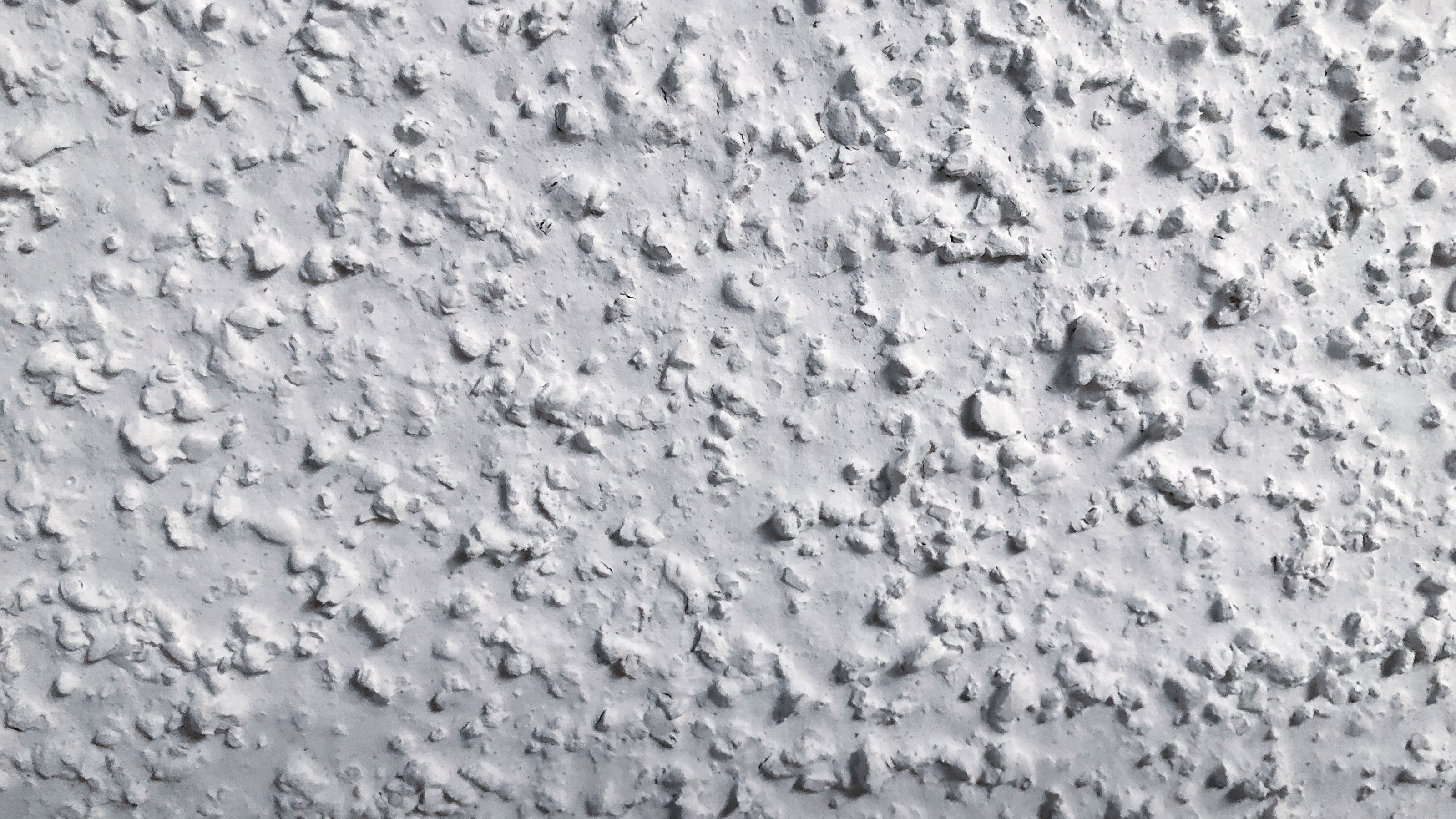 How much does it cost to remove popcorn ceiling?
How much does it cost to remove popcorn ceiling?Are you better off paying a professional or going down the DIY route? Experts share what it costs to remove popcorn ceiling and more budget-friendly alternatives.
By Carol J. Alexander Published
-
 Leaking pipes – common causes and what to do
Leaking pipes – common causes and what to doHow to deal with leaking pipes in your home with advice from the experts
By Sarah Warwick Published
-
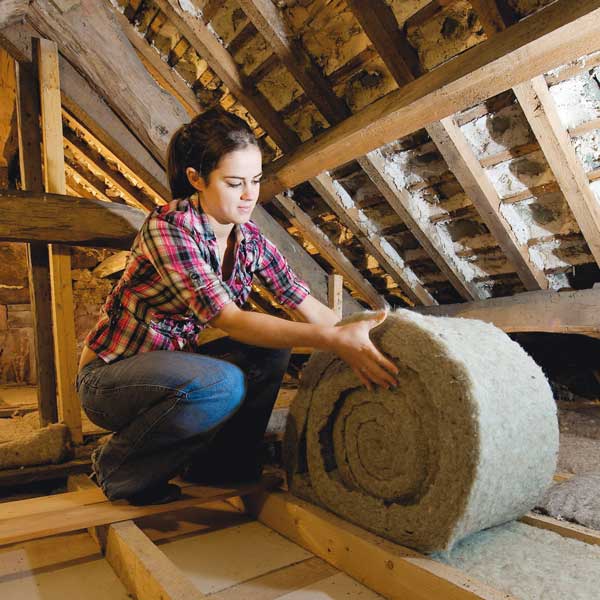 How much does attic insulation cost in 2022?
How much does attic insulation cost in 2022?Want a warmer home and lower energy bills and wondering about attic insulation cost? Get the inside track.
By Sarah Warwick Last updated
-
 Home insulation: where, how and why you should insulate a house
Home insulation: where, how and why you should insulate a houseThe right home insulation will make your home warmer in winter, cooler in summer, and reduce energy bills.
By Sarah Warwick Last updated
-
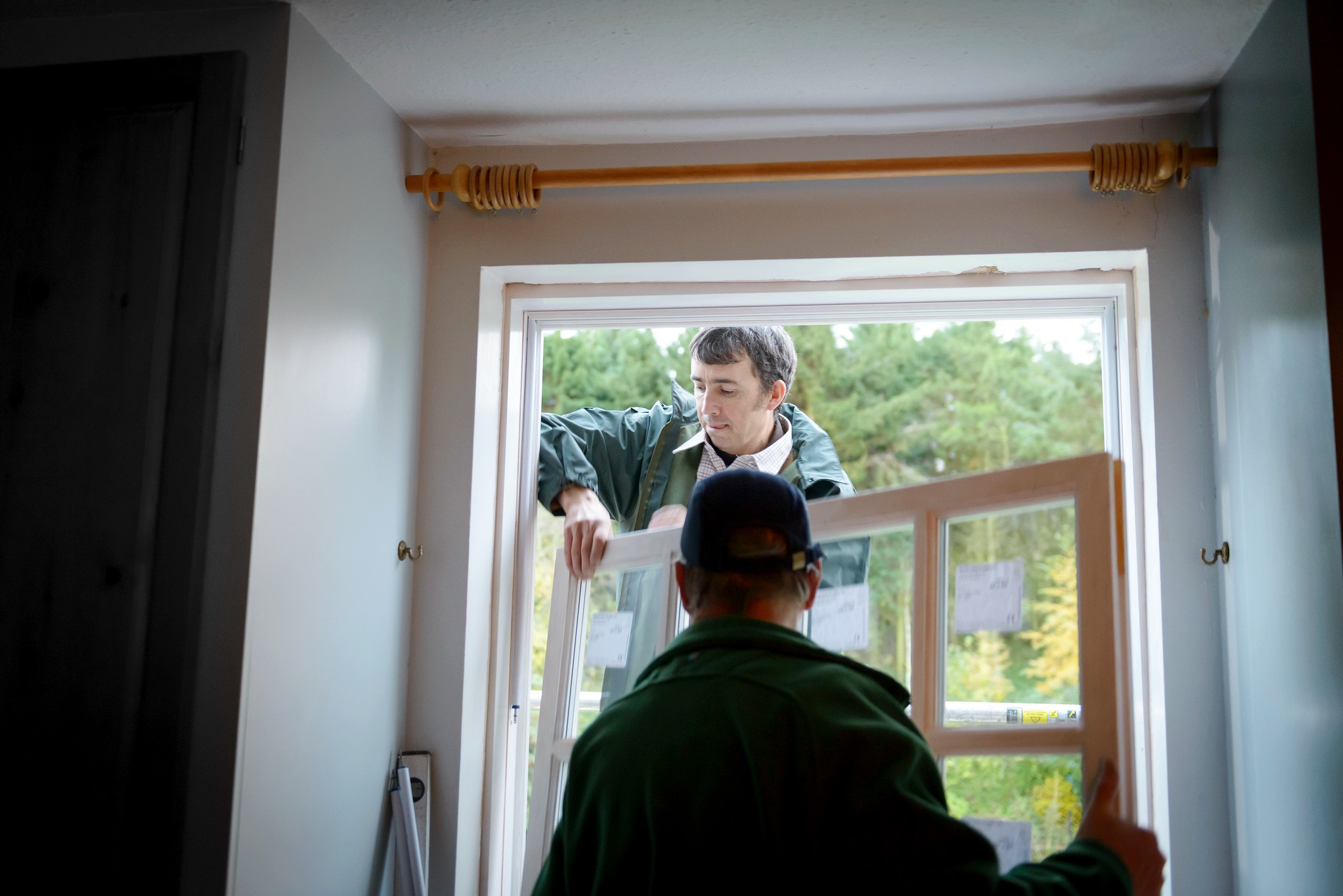 How long do windows last; plus signs it's time to replace yours
How long do windows last; plus signs it's time to replace yoursToday's windows last a long time, but eventually, they'll need replacing. Here's how to know which type of windows last the longest, plus when it's time to replace your windows
By Sal Vaglica Last updated